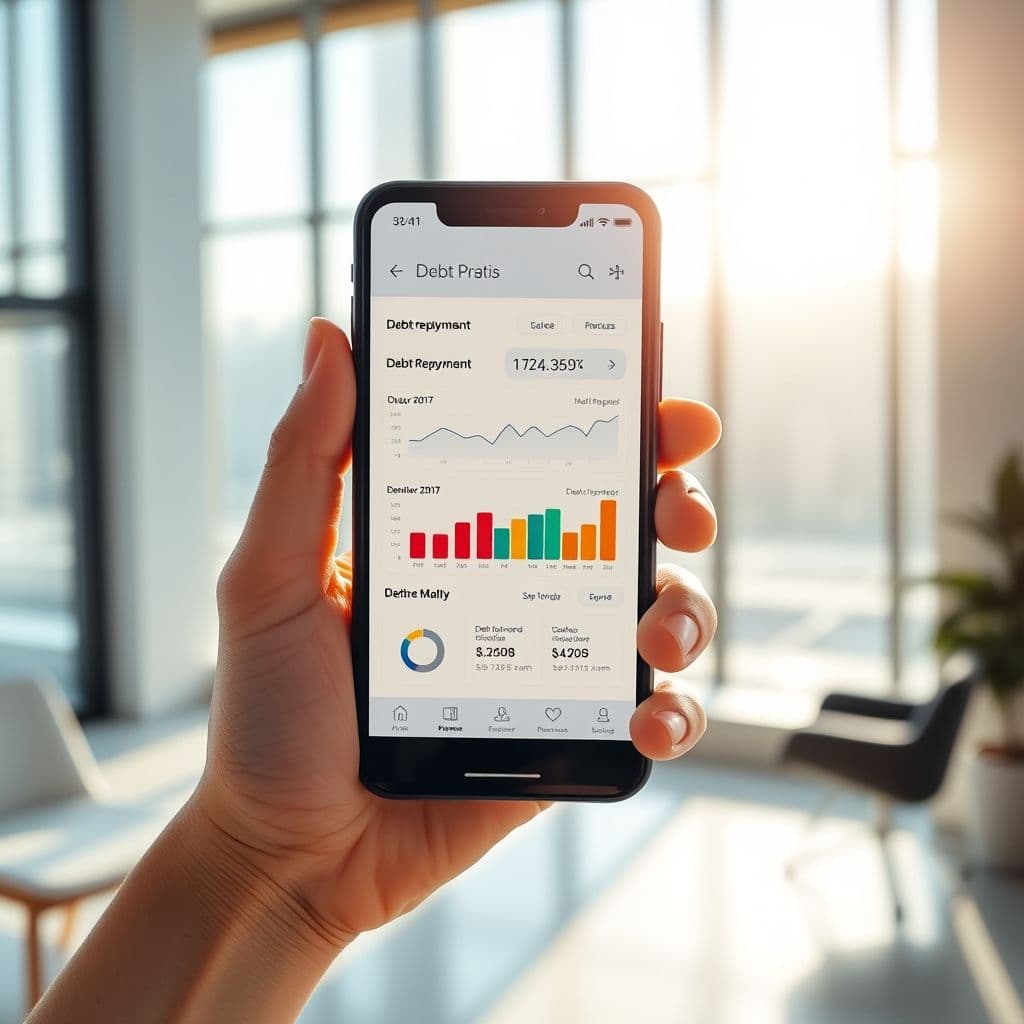The Silent Struggle: Managing Debt and Financial Stress in Today's World

Debt is a silent burden that millions carry, often in isolation. The stress of managing multiple debts, from credit cards to student loans, can feel overwhelming. Many people struggle to keep up with payments, let alone make progress toward financial freedom. But what if there was a tool designed to simplify this journey, offering not just tracking but also personalized strategies and community support?
The Problem: Debt Overwhelm and Financial Stress
Debt is more than just numbers on a statement—it’s a source of constant anxiety. Many users report feeling 'drowned' by their financial obligations, especially when unexpected life events, like medical emergencies or job loss, exacerbate the situation. The pressure to 'keep up with the Joneses' only deepens the hole, making it harder to see a way out. Comments like 'I owe $130,000 in loans and credit cards' or 'I’m drowning' highlight the emotional toll of debt. The lack of a clear, manageable strategy often leaves people stuck in a cycle of minimum payments and growing interest.

A Hypothetical SaaS Solution: Debt Management Made Simple
Imagine a financial management app designed specifically for those battling debt. This tool would consolidate all debts—credit cards, student loans, personal loans—into one dashboard, giving users a clear picture of their financial landscape. But it wouldn’t stop at tracking. The app could offer personalized repayment strategies, like the 'snowball' or 'avalanche' methods, tailored to the user’s unique situation. Small, daily payments could be encouraged, mimicking the success seen in apps like Kiwi Pop, where users feel progress by watching balances decrease incrementally.
Beyond numbers, the app could include a community feature, allowing users to share their journeys, tips, and encouragement. Financial isolation is a major pain point, and a supportive network could make the process feel less lonely. Gamification elements, like milestones and rewards for consistent payments, could further motivate users to stay on track.

Potential Use Cases and Benefits
This hypothetical SaaS could serve a wide range of users. For someone with multiple credit cards, the app could prioritize high-interest debts first. For a recent graduate with student loans, it could suggest income-driven repayment plans. Small business owners juggling personal and business debts could benefit from separate tracking features. The key differentiator? Combining actionable financial tools with emotional support, addressing both the practical and psychological sides of debt.
Conclusion
Debt doesn’t have to be a solitary struggle. While this SaaS idea is purely conceptual, it highlights the need for solutions that go beyond spreadsheets and calculators. By integrating tracking, strategy, and community, such a tool could empower millions to take control of their financial futures. What features would you want in a debt management app? Share your thoughts below!
Frequently Asked Questions
- How feasible is it to develop a debt management app like this?
- While building a comprehensive app requires significant resources, the core features—debt tracking, repayment strategies, and community forums—are technically achievable. The real challenge lies in ensuring data security and creating a user-friendly experience that motivates consistent use.
- Would this app work for international users?
- Hypothetically, the app could be designed to support multiple currencies and regional financial systems, though initial versions might focus on specific markets (like the U.S. or Europe) to simplify compliance with local regulations.
- How would this app differ from existing budgeting tools?
- Unlike generic budgeting apps, this solution would focus exclusively on debt reduction, offering tailored strategies and a community-driven approach to keep users engaged and motivated throughout their journey.


